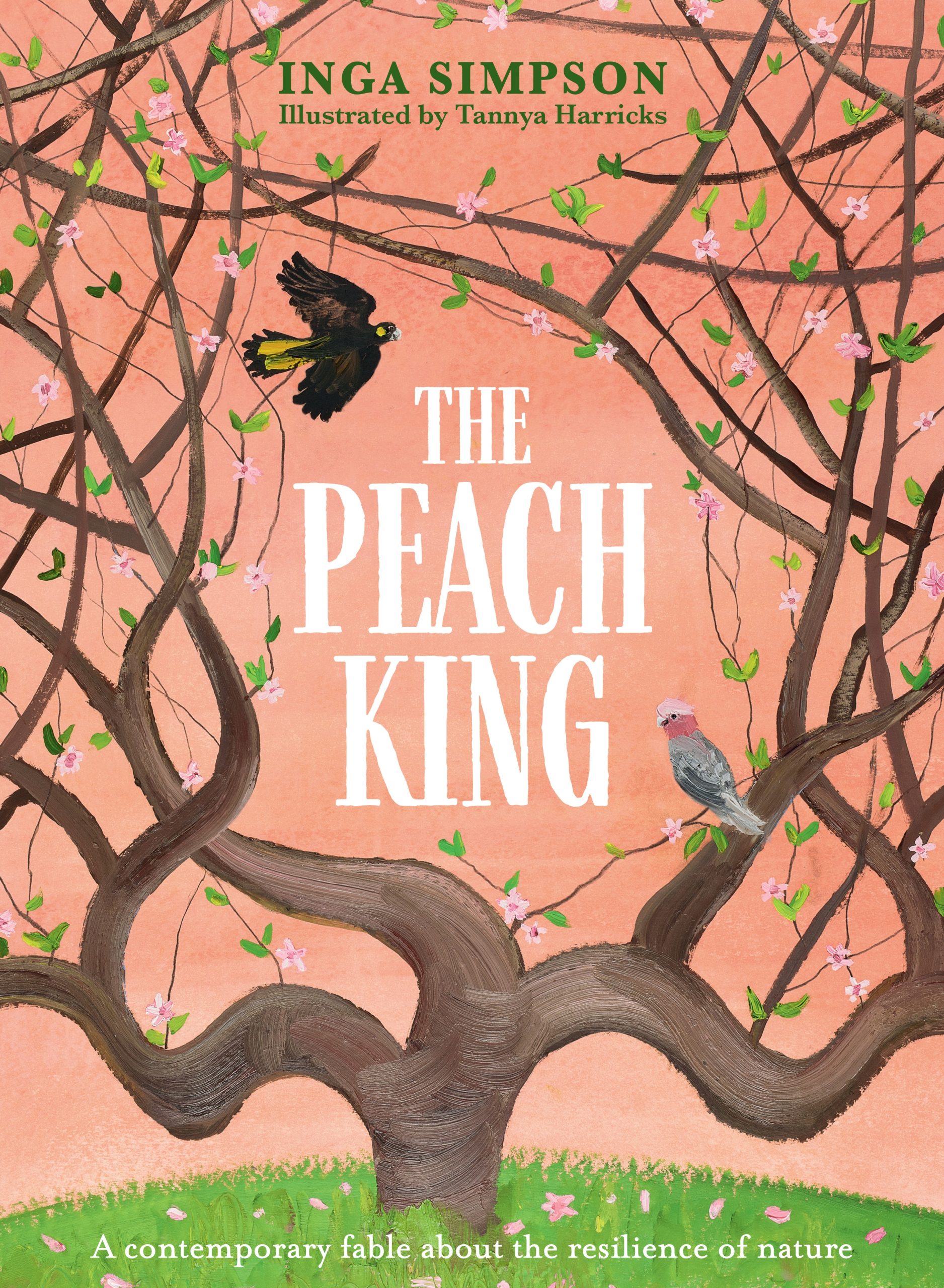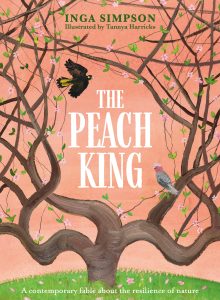




 Inga Simpson’s website refers to her as a ‘nature writer’ and she’s best known to readers as a literary novelist. With The Peach King, Simpson turns her skills towards the picture book format, delivering a poignant environmental fable, with impressive art by painter Tannya Harricks.
Inga Simpson’s website refers to her as a ‘nature writer’ and she’s best known to readers as a literary novelist. With The Peach King, Simpson turns her skills towards the picture book format, delivering a poignant environmental fable, with impressive art by painter Tannya Harricks.Error: Contact form not found.
